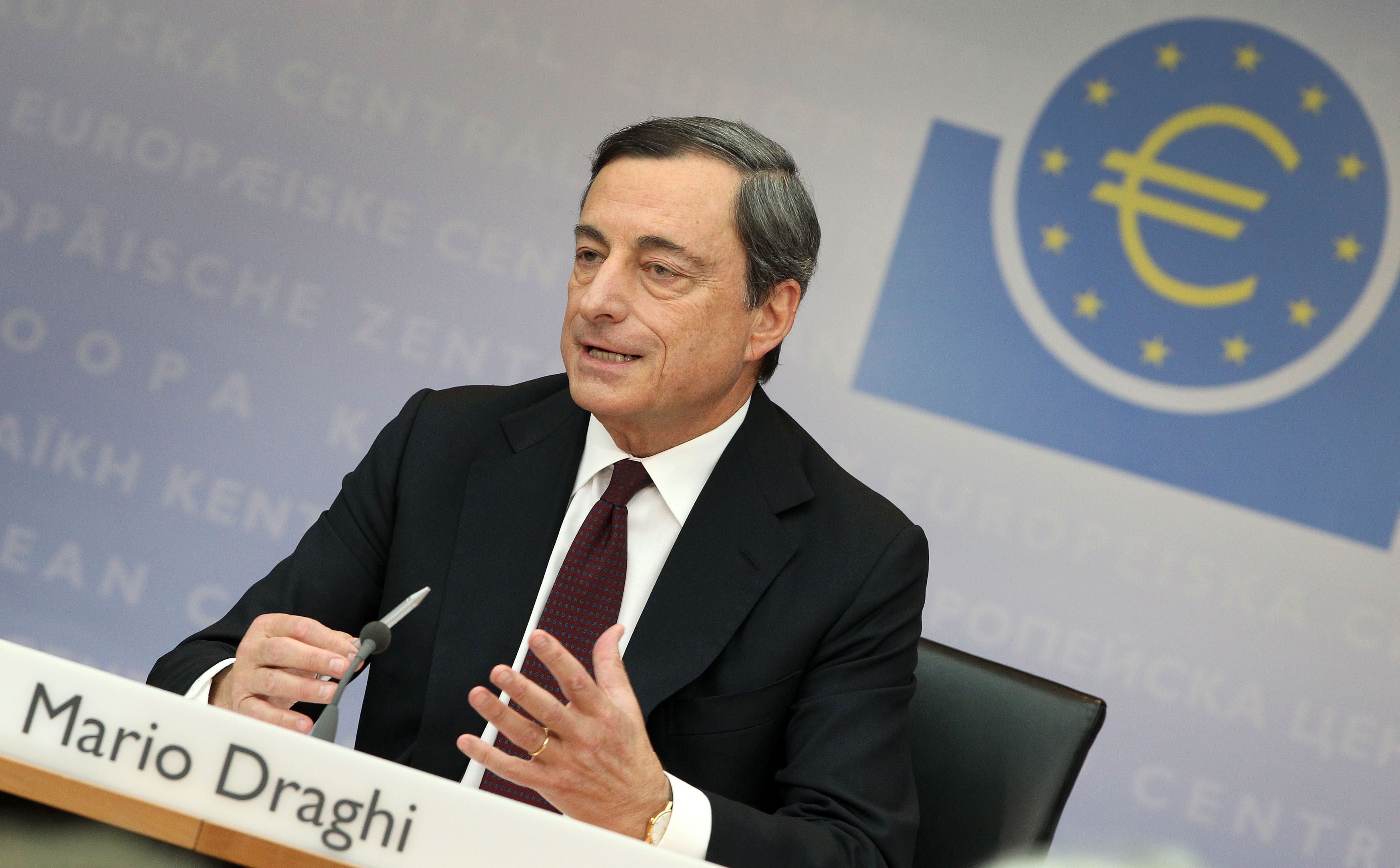Central bankers don’t seem to have learnt from the former Fed Chair, Ben Bernanke, when he first mentioned the idea of tapering the amount of money being pumped into the economy in May 2013.
Back then, the news sent risk assets south, and the volatility index surged 63% in less than a month, while U.S. 10-year Treasury yields climbed 25%.
Both the ECB’s Mario Draghi and the BoE’s Mark Carney have now sent a message to investors from Sintra, Portugal, that the era of cheap money is close to an end. This time, the reaction was mainly felt in fixed income and currency markets.
Draghi’s comments were intended to signal more confidence in the economic recovery and not an immediate call to withdraw stimulus; however, bonds were sold heavily, and the Euro marched above 1.14, a new 52-week high. Similarly, Carney’s remarks sent the Pound to 1.2972, recovering all losses that stemmed from Theresa May’s failure to win a majority vote in the recent snap elections, as he indicated the possibility of raising rates. I think going forward, central bankers will be more careful and cautious when passing on similar messages. In other words, they should be uninteresting not to disrupt financial markets.
Advertisement
Although I’m bullish on the Euro on the longer run, I think the market’s reaction is a bit too exaggerated. I would rather wait for hard data to confirm the hawkish stance, especially on inflation, since the recent slide in oil prices may mean that inflation stays low for a prolonged period. If the Eurozone’s headline and core CPI disappoints on Friday, there’s a high chance that traders will book some profits.
Financial stocks are the biggest beneficiaries from the surging yields and the Fed’s upbeat assessment on the U.S. banking sector. The biggest U.S. banks are now able to boost share buybacks and dividend payouts by almost 50% compared to 2016. This would likely lead to the continued rotation from bond proxies such as utilities to financials.
In commodity markets, gold recovered most of Monday’s losses to trade above $1,250 as the U.S. currency continued to weaken against its major counterparts. Meanwhile, crude prices were higher on both sides of the Atlantic, despite U.S. inventories unexpectedly rising by 118,000 barrels last week. The supporting piece of news from EIA was the 100,000 barrel decline in production last week, but it’s too early to jump to conclusions at this stage since this is likely to reverse in the weeks ahead.
Advertisement
Add a comment






